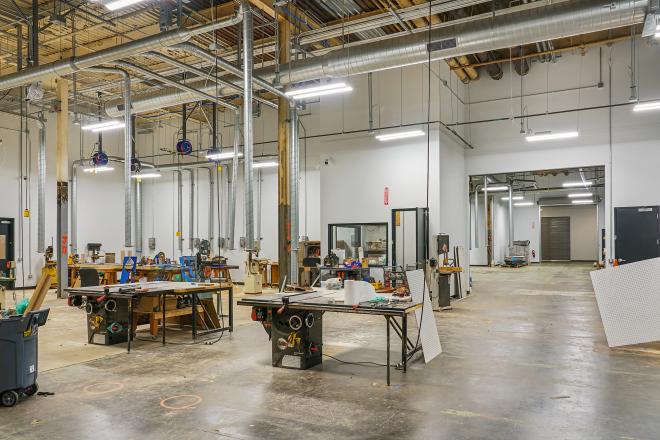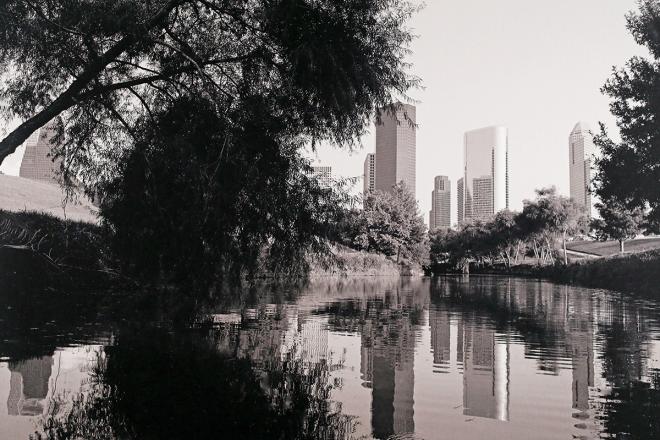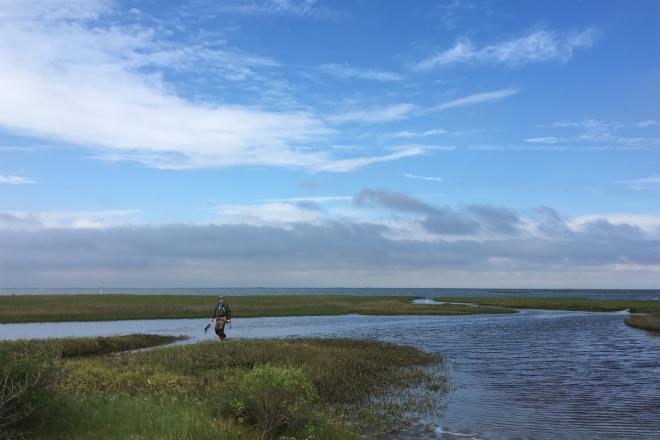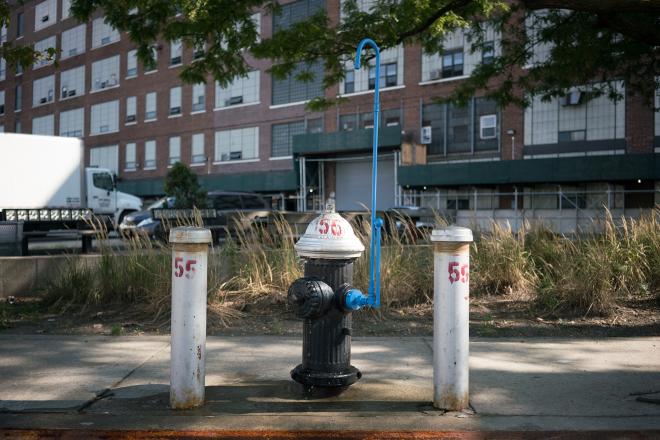“I find I speed less when autopilot is on,” says Steve Tennison — hands at his side, feet off the pedals — as his 2015 Tesla Model S 85D smoothly makes its way down the Westpark Tollway.
You are already sharing the road with self-driving cars. This technology may have a profound impact faster than expected, especially on cities like Houston that have multiple centers spread across a huge area. Early adopters like Steve open a window into the near future.
The trip in the Tesla begins in Montrose on a Saturday afternoon. A storm has just cleared and the January sun on my face feels good. Steve operates the vehicle himself and zips onto the I-69 Southwest Freeway. While fiddling with the audio recorder on my phone, I don’t notice that Steve has turned on the autopilot feature. With trucks and cars all around us, the Tesla deftly passes through the grand columns of the 610 interchange.
The steering wheel turns itself, which is spooky. The dashboard display shows an approximation of what the Tesla detects using cameras, radar, ultrasonics, and GPS. Lanes and nearby vehicles are highlighted in blue. Model S owners were given the autopilot function with a surprise software update last October. You can read Tesla’s official description of the autopilot feature here.
The car changes lanes on its own as well with a tip of the turn signal lever. Steve takes control again to get on the ramp to the Westpark Tollway, which the Tesla autopilot then handles with ease. Steve is attentive and ready to grab the wheel at any moment. We follow the route of his office commute.
Near his office, Steve demonstrates the car’s ability to parallel park on its own. On a quiet road, he turns off autopilot and then floors it. My stomach is 50 feet behind me somewhere in the middle of the road. The standard Model S can hit 60 in about five seconds. I really prefer the ride when the autopilot is left on. Maybe I should have asked Google for a ride in Austin where it is testing its car at speeds no higher than 25 miles per hour.
Then Steve lets the Tesla try to navigate the complexities of Westheimer Road. We trail a METRO bus. The ride is remarkably smooth in stop-and-go traffic, almost as impressive as the trip down the Westpark Tollway. If your job is to drive up and down a single, well-defined route, you should be worried. In a recent Mother Jones article, Clive Thompson writes, "[M]illions of taxi, delivery, and long-haul trucking jobs that traditionally have gone to new immigrants and low-education workers could vanish in a few years." Self-driving vehicles will not only have an impact on who drives the roads, however. They could change the entire landscape.
 Potential for reuse of space devoted to parking. Illustration by Natalia Beard, Jason Pierce, and Patrick Sunbury.
Potential for reuse of space devoted to parking. Illustration by Natalia Beard, Jason Pierce, and Patrick Sunbury.
In “Beyond Google’s Cute Car,” an article published in Cite 97, landscape architect Kinder Baumgardner writes, “[T]he transformative effect of autonomous vehicles on non-antique cities — the ‘Houstons’ of the world — will be especially profound. The debate about designing for an autonomous vehicle future needs a jumpstart: How will they shift the basic economics of land use? And what are the design implications?”
The biggest consequences on the city might not be on the roads but what happens when you are not in the car. Steve’s Tesla, for example, not only parallel parks on its own, it can drop him off at a front door and then park itself in a distant garage. (Currently that feature only works on private land.) In the future, all the Houston buildings with front doors that face parking lots may need to be reoriented to the street. The city ordinances that require minimum parking allotments depending on building use might need to be revisited. For example, under today's law, bowling alleys must have five parking spots per lane. Baumgardner, however, thinks through even more transformative shifts.
"After the marriage of autonomous vehicles (Google) and app-based car sharing (Uber), you will be subscribing to Goober, not buying cars. You will need less space to get where you are going, and no space to park the car,” writes Baumgardner. He and a team at SWA Group imagine what will become of the roughly 100,000 parking spaces Downtown:
A ten-story parking garage may only have cars parked on the first two or three floors, what becomes of the remaining seven floors? In Atlanta, a SCAD project has converted parking stalls in a Midtown parking garage into housing. We will likely see more creative reuse of parking infrastructure. Artists invaded the industrial loft spaces of SOHO in the 1960s because these buildings had lost their purpose and were cheap or even free to live in. The SOHO loft of the future will be the abandoned parking garages where artists and new immigrants share and divide the cavernous spaces that once were dedicated to analog vehicle storage. Sloping concrete floors with oil stains and heavy beams will be all the rage, with developers ultimately building new construction to mimic the parking garage aesthetic.
Baumgardner and SWA Group also rethink surface parking. He writes:
The biggest barrier to entry for small entrepreneurs is often the parking requirement. As fewer parking spaces are needed, planning codes will change and many businesses will not be required to provide parking. Without the high cost of offering “free” parking to patrons, we will see an explosion of restaurants, bars, coffee shops, and other experiential retail that Amazon Prime Now cannot deliver to your door. The ground plane of empty surface parking lots will be far more open to pop ups. Experimentation in the private realm will explode once the drag of parking is removed with new businesses opening (and closing) quickly, cheaply, and often.
When Steve pulls the Tesla up to his house in Montrose, the garage door opens on its own, of course. The Tesla knows. It even automatically adjusts the suspension so the bumper doesn’t scrape. He plugs the car in.
I have no idea how fast self-driving vehicles will make their way into the average person’s life. It could start with ultra-cheap bus-like vehicles down the most boring, mind-numbingly simple highways. Perhaps we will be able to rent cars that draft in caravans overnight to Marfa. This much I know: Big changes are not far down the road.
As noted on the Kinder Institute's Urban Edge, urban planners are not keeping pace. A recent paper published in Journal of Planning Education and Research documented that only one of the largest 25 metropolitan planning organizations mentions driverless vehicles in its plans.
Further Reading
Springer, Nicola. Cite 97: The Future Now. OffCite.org. October 22, 2015.
Baumgardner, Kinder. Google Car + Uber = Walkable Houston?. OffCite.org. August 28, 2014.










